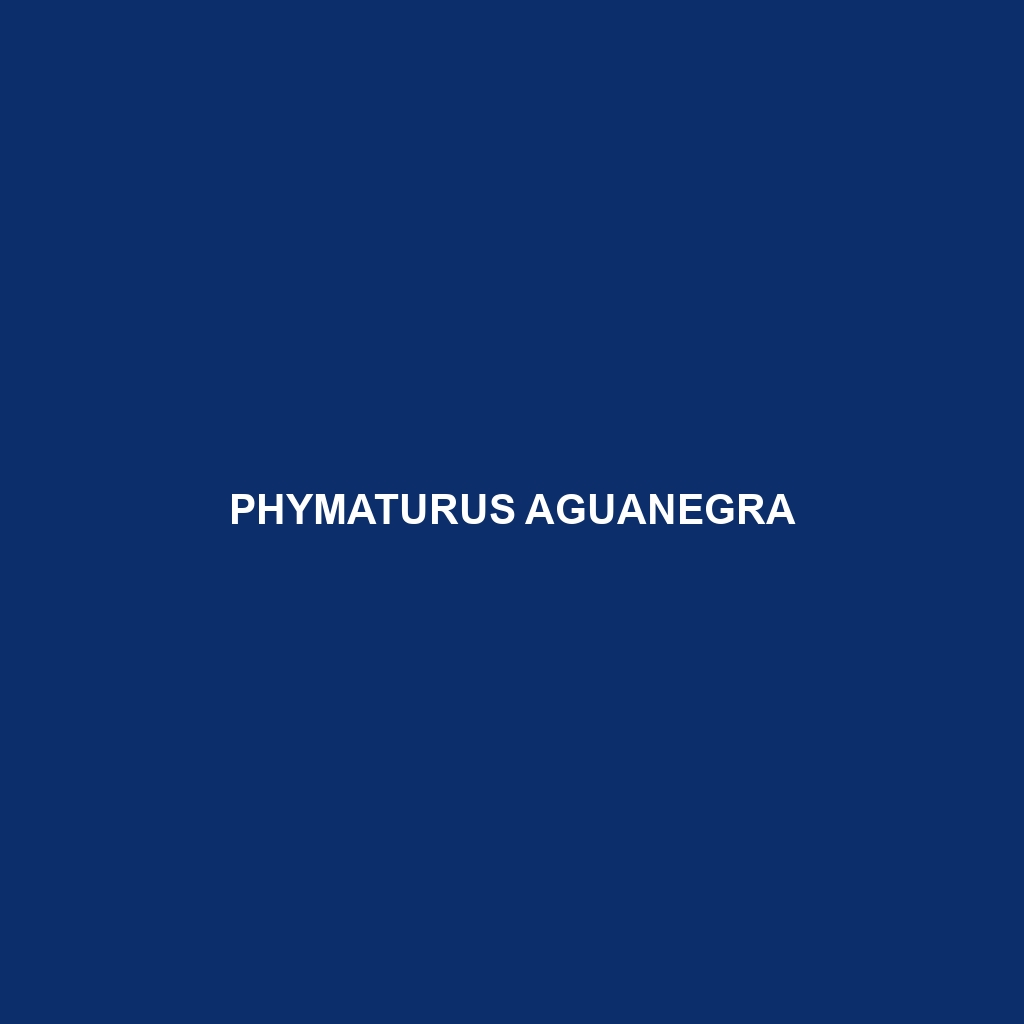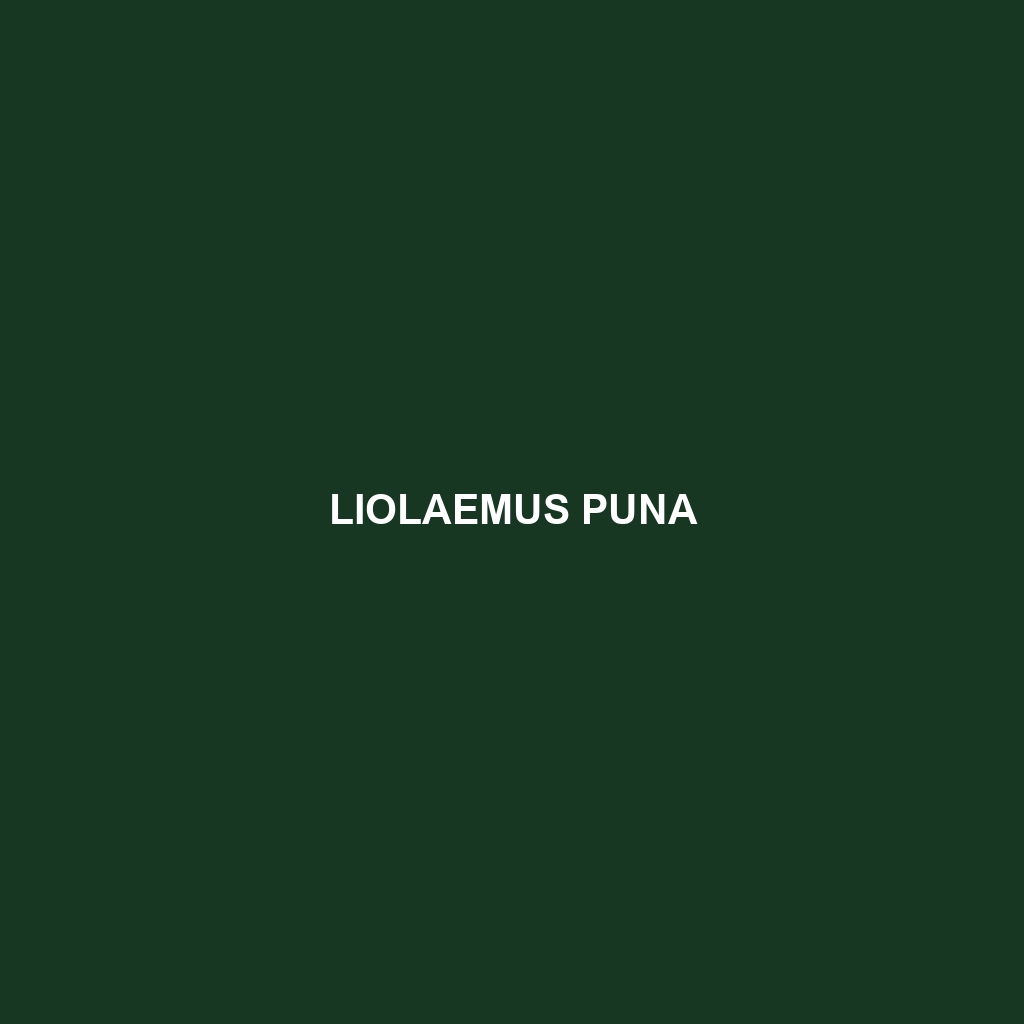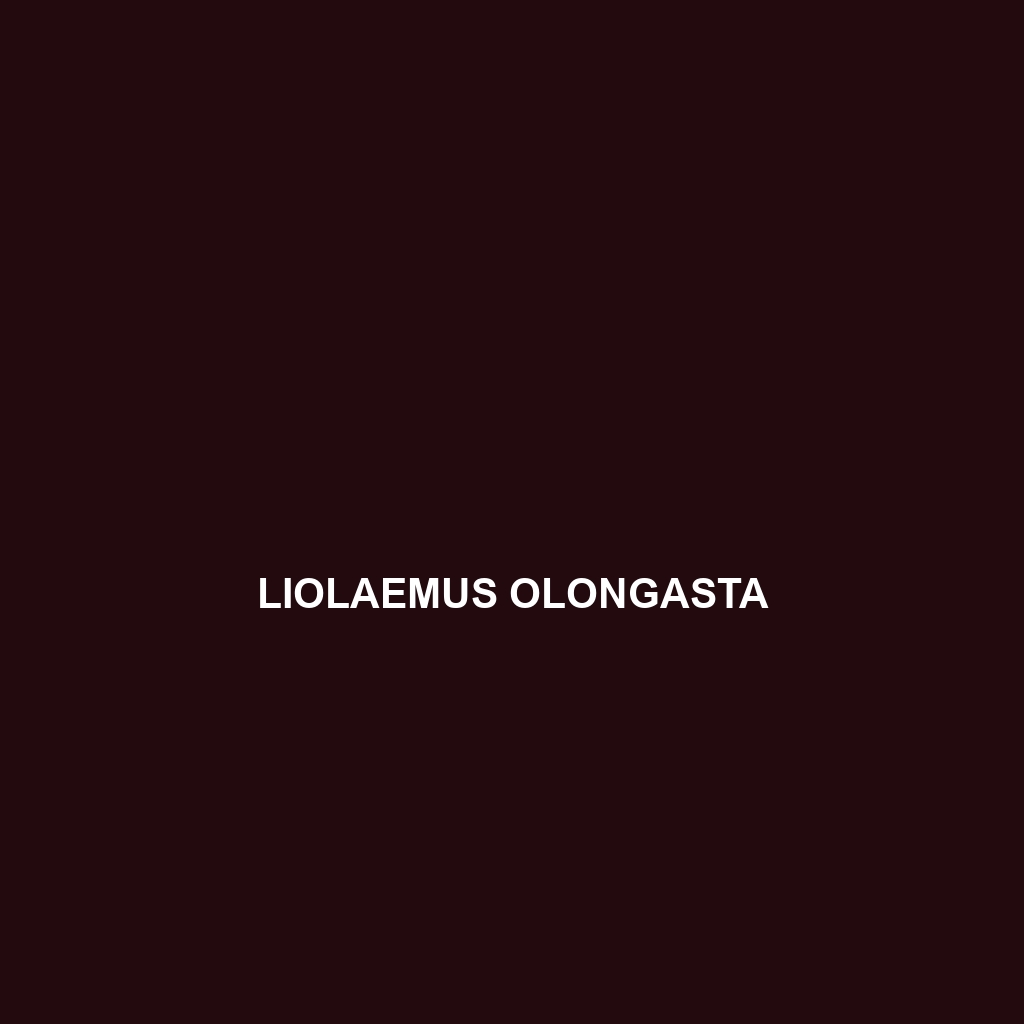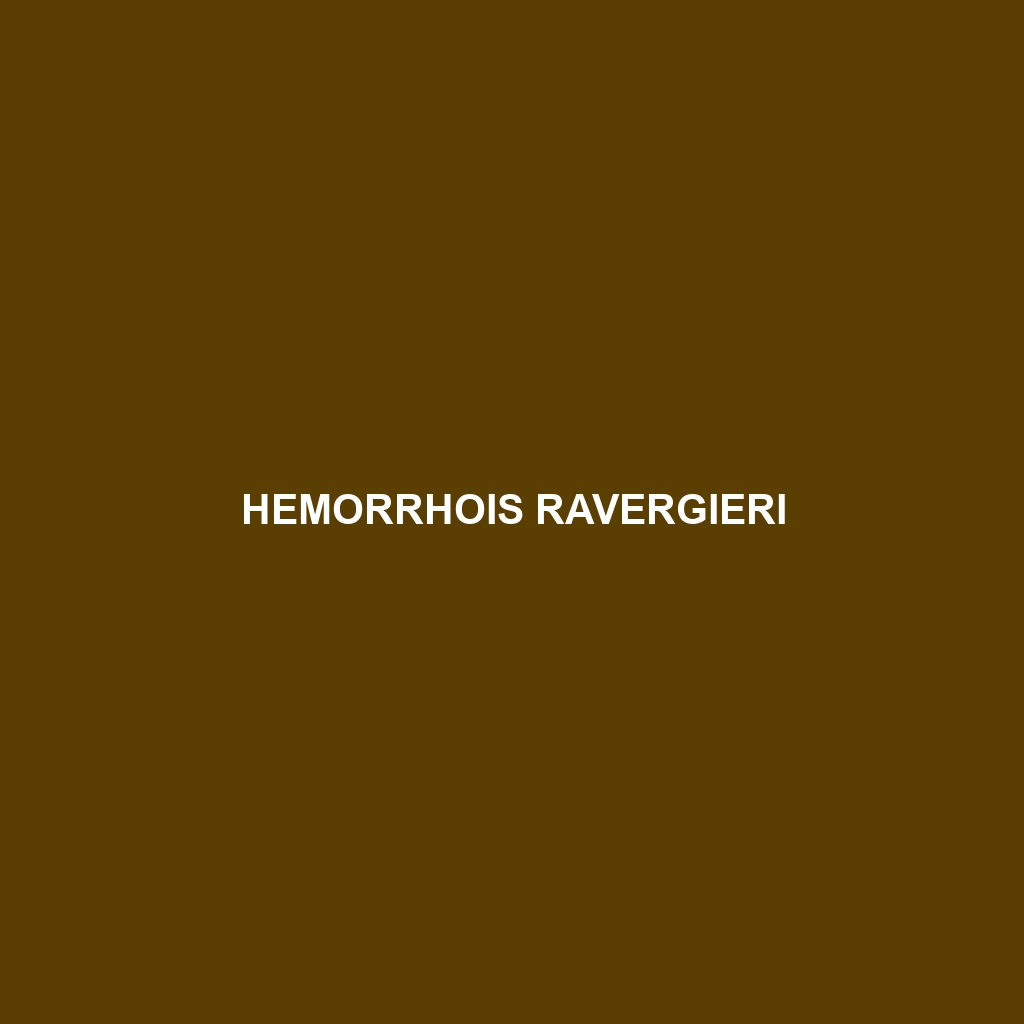<b>Phymaturus aguanegra</b>, a medium-sized lizard native to the temperate forests and rocky outcrops of Patagonia, showcases a robust body with deep gray or black coloration, aiding its camouflage in harsh, arid climates. This insectivorous species is primarily diurnal, exhibiting distinctive territorial behaviors during mating season, while facing threats from habitat loss, leading to its vulnerable conservation status.
Tag: cold climate adaptation
Liolaemus puna
<p><b>Liolaemus puna</b>, or the puna lizard, is a high-altitude reptile found in the Andes, known for its striking coloration, slender body, and adaptations to survive in cool, arid conditions. This insectivorous species plays a vital role in controlling insect populations and contributes to the ecological balance of its unique mountainous habitat.</p>
Liolaemus olongasta
Discover the fascinating Liolaemus olongasta, also known as the Olongasta lizard, an insectivorous species thriving in the high-altitude Andes Mountains of Argentina. With distinctive coloration and live birthing capabilities, this resilient lizard plays a crucial role in maintaining ecological balance while adapting to extreme environmental conditions.
Hemorrhois ravergieri
<p><b>Hemorrhois ravergieri</b>, known as Ravergier's snake, is a diurnal predator found in Southeast Europe's Mediterranean habitats, characterized by its slender body, light brown or gray coloration with darker stripes, and a diet of small mammals and birds. This species plays a vital role in its ecosystem by controlling prey populations and demonstrating interesting social behaviors, such as communal basking.</p>



